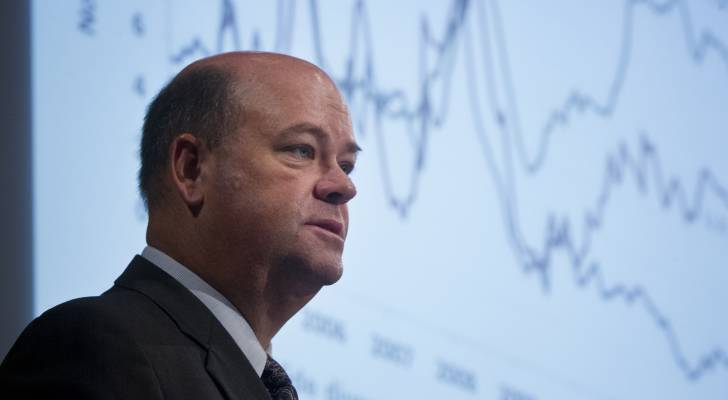“Drill baby drill!” proved a popular rallying cry for Donald Trump during the 2024 presidential election. But with a slowdown in both oil production and demand this year — a slump projected to extend into 2026 — a more accurate phrasing might be “Drill baby? Drill?”
The layoffs announced by ConocoPhillips, the nation’s third-largest oil producer, earlier this month underscore the wider issues facing oil producers in this country. The company announced restructuring that would reduce their workforce by 20% to 25% before the end of the year.
One report estimated that it could mean between 2,600 and 3,250 layoffs [1]. Here’s why the company and the oil industry are slipping, and what you can do if you get laid off.
The company’s $1.97 billion second-quarter earnings fell short of the year-over-year comparison of almost $2.33 billion in earnings from 2024 [2], with CEO Ryan Lance blaming the prioritization of recent acquisitions like Concho Resources and Marathon Oil, as well as Permian Basin assets from Shell, over cost management [3].
Reuters added that, in a video town hall, Lance told staff, “We probably backslid a little bit in the cost effort … maybe we should have been smarter about how we did it.”
ConocoPhillips, however, isn’t the only major oil company experiencing layoffs. Boe Report noted that BP, Chevron, Halliburton and SLB have all cut staff as various external forces push “oil company earnings to their lowest since the COVID-19 pandemic” [4].
Earlier this week, the U.S. Energy Information Administration released a short-term energy outlook [5] that warned of a significant decline in Brent crude oil production and prices — from $68 a barrel in August to around $50 per barrel early next year — through the beginning of 2026.
The report blamed large OPEC+ inventories and increased production, adding an expectation of prices hovering around $51 a barrel in early 2026. It also included a prediction that, next year, rising natural gas prices and falling oil prices will result in crude oil trading “at its lowest premium to natural gas since 2005.”
